Exclusive: Inside Seat's 660bhp, RWD Electric Racing Car

Pagination
- Page 2
- Previous page
The Seat Sport facility in Martorell is somewhere I’ve been before. I’ve seen the small army of engineers here creating badass racing machine out of ordinary road car shells. I’ve seen the curious mix of Seat, VW and Audi TCR cars (Seat Sport makes and maintains the whole lot, remember) littering the building. But today, I’m being led through a nondescript door you’d probably just walk straight past without even thinking about it. And on the other side is something I definitely haven’t seen before.
It looks a bit like a Seat Leon TCR, but it isn’t. The first clue is the big Cupra badge on the front (this was just before Seat announced it had re-branded its Leon TCR as simply the Cupra TCR), and the second is the multitude of massive vents buried in the bonnet. But the fundamental changes are ones you can’t see: this TCR-derived, bewinged beast is powered by electricity, and electricity alone.
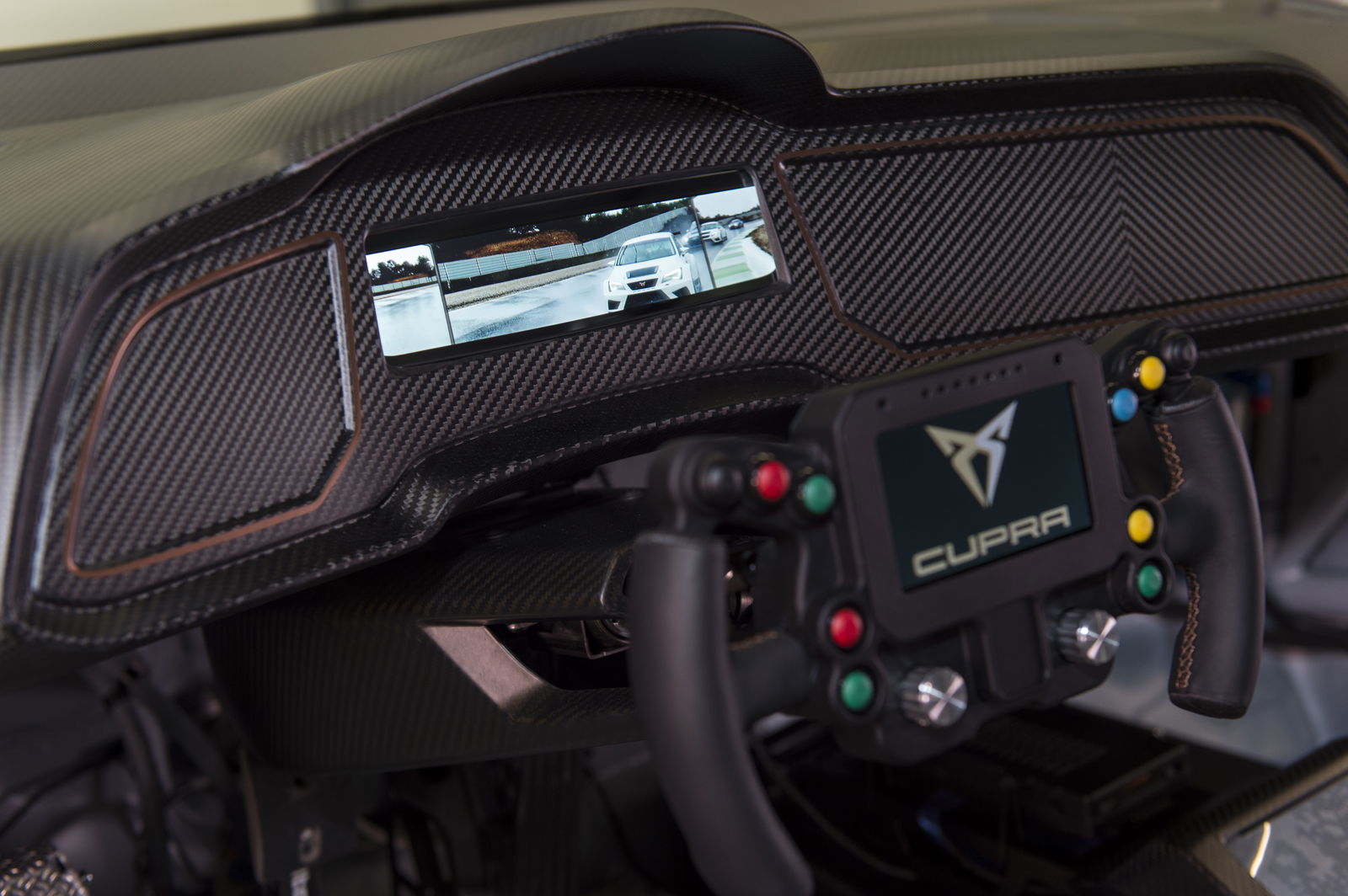
It’s called the eRacer, and what it represents is the next logical step for Seat Sport. “We have decided now we have done everything on TCR, why not explore the world of electric?” Seat Sport’s boss Jaime Puig tells us. The end game is not going to be easy to achieve: “The target from Luca [de Meo, Seat’s CEO] was very tough. He said I want at least the same performance as the combustion engine.”
The reason the small team behind this thing face such an uphill battle isn’t just due to the inherent weight issues of high-powered electric cars - that can be overcome with, well, high power. A bigger hurdle is making sure the car can actually last for a full race and at full racing speeds. There’s a reason why Formula E cars run at a reduced power for the races, and why two cars are needed for each driver to cover a 30 minute race - battery technology is just too limiting right now.

While the exterior may not look dramatically different to the standard Leon TCR, this ‘leccy racer has been substantially altered under the skin. First off, the engineers had to hack away much of the floor pan to install the batteries. Then came the issue of the motors: in the end, they decided to install them on the rear axle. Yep, this thing’s rear-wheel drive.

“We’ve chosen this because of the amount of power it has, and the accommodation problems in terms of the battery fitment,” eRacer Technical Director Xavier Serra explains. The motor setup is unusual too: there are two each side. But why the added complication? Why not go for one motor either side? “In a single left and single right [motor setup], with the technology available, it was quite hard to get the amount of power we wanted, or it was too heavy with the options available.”
Ah yes, the power: teamed up with a 65kWh battery pack, the eRacer’s quad-motor setup has 500kW to play with. Or if you’d prefer, 660bhp.

So, when Seat’s friendly neighbourhood racing driver and former WTCC man Jordi Gene first gets behind the wheel (testing kicks off just after the Geneva Motor Show), he’ll find himself in a car that’s radically different to drive in comparison to the Leon TCR. Partly because it’s 660bhp and rear-wheel drive as opposed to 350bhp and front-wheel drive, but there are other factors to thing about.
For instance, balance: it’s now 60/40 in favour of the rear, where the regular TCR is 40/60. It’s a lot heavier too - replacing a conventional 2.0-litre internal combustion engine with the motors and a load of battery cells means the eRacer has put on over 300kg, Serra estimates. Finally, energy management will be constantly on the driver’s mind, and part of that is the re-generation effect.

The driver will be able to choose the amount of power that’s recouped for the batteries under braking, and that’ll affect the brake balance. So exactly how the brakes behave is going to change constantly over the course of a lap - he or she may want to switch up the re-gen effect during a long and heavy braking zone, for example.

The front suspension is lifted pretty much straight from the petrol-powered TCR - the loads are similar, so it can stay unchanged. The rear suspension was a little more problematic - the Leon road car-derived multi-link setup can’t be packaged together with the twin motor units, so it’s been shelved in favour of a bespoke double wishbone arrangement.
Finally, we have the looks of the thing to consider. Yes, it’s unmistakably Leon TCR-derived, but it’s awash with brilliantly intricate details. “Normally a racing car doesn’t have this kind of sensuality and this quality of surfacing,” designer Tony Gallardo tells us, adding, “It’s not only function, it’s beautiful function.” Probably the best evidence of this approach is around the back, where you’ll find two particularly interesting elements. First up there are triangle-shaped air ducts either side of the diffuser (triangles are a key theme to this car, as you’ve probably gathered from the images), and rear wing end plates embossed with dozens of tiny shapes that match the new Cupra logo. This makes the wing look awesome, while also reducing turbulence. Win win.
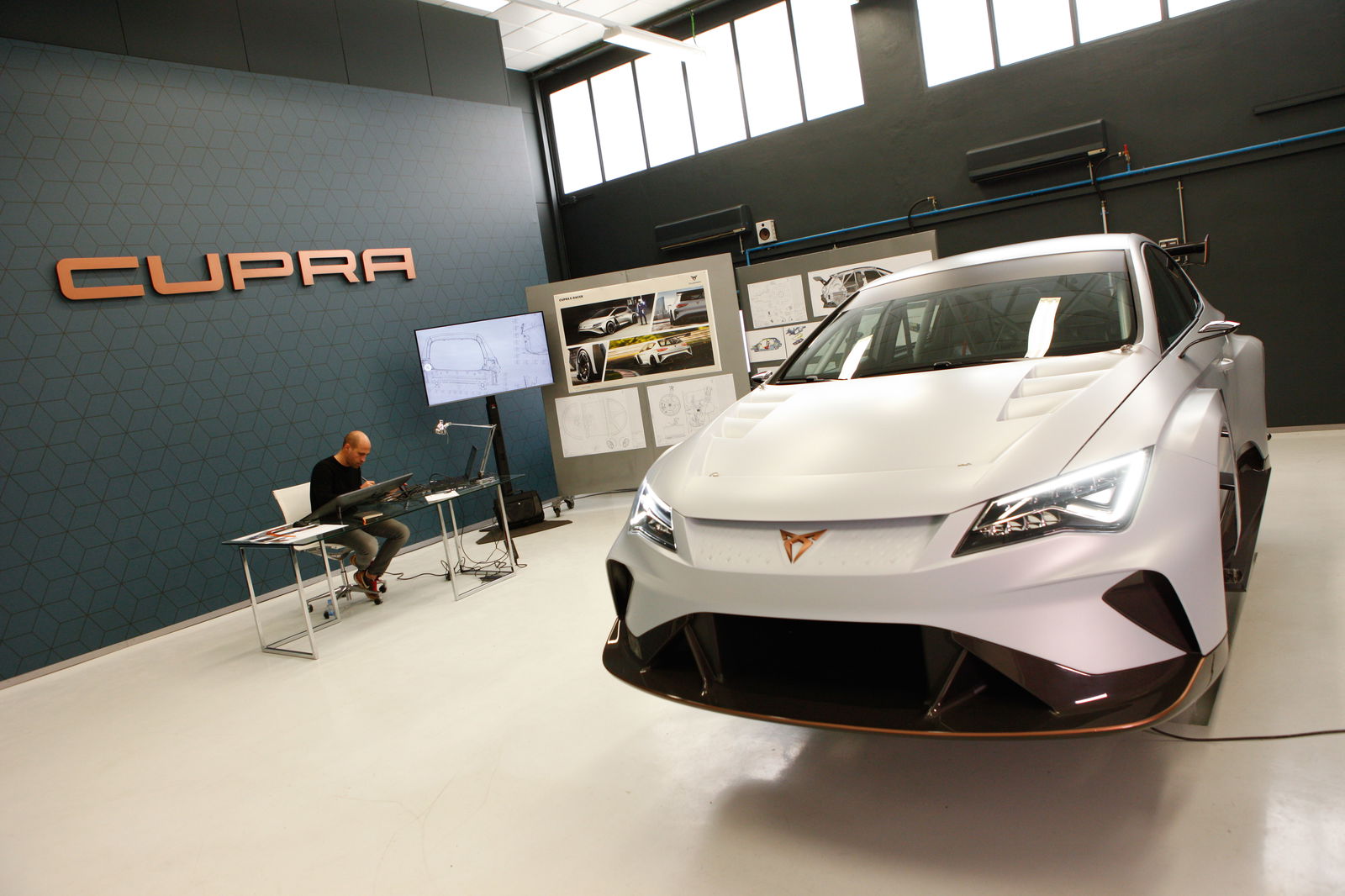
So, where does the project go from here? For now it’s all about testing, and idea of demonstration runs at existing events is hinted at. “We expect to be running at a decent pace by summer, and be ready to lap at race pace by the end of the year,” Serra pledges. Since Scandinavian TCR races are only 15 minutes long, the eRacer could theoretically enter a race and compete with the petrol cars, Serra suggests, without running into battery life and heat management issues.
But that’d be more about proving the technology in the short term. The long-term goal is to have a whole championship featuring these cars. eRacer could even spawn an electric version of TCR, with multiple manufacturers joining the party.
But, there’s a long and difficult journey the team has to complete before getting to that point. As Jaime Puig aptly puts it: “We are in a new world.”
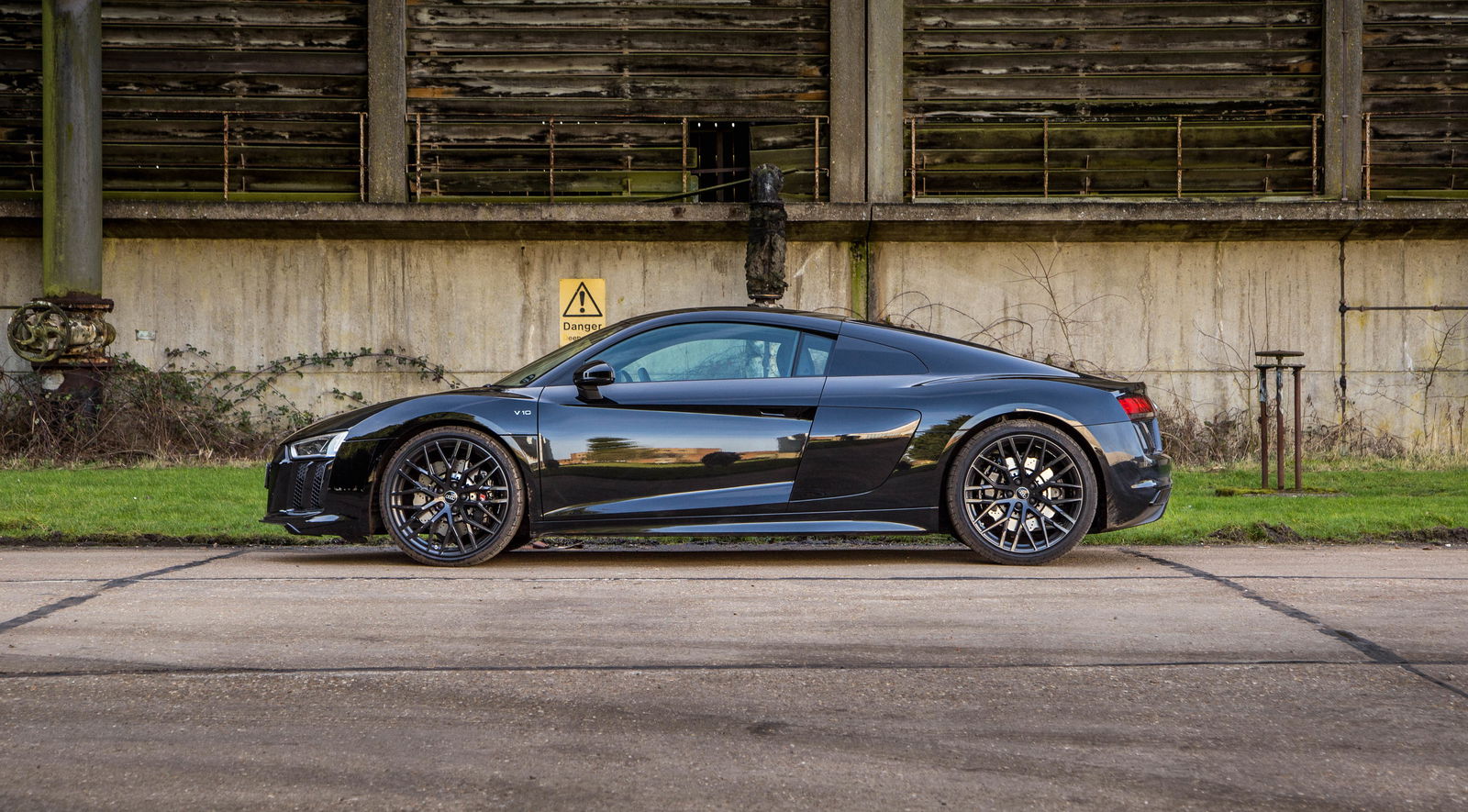
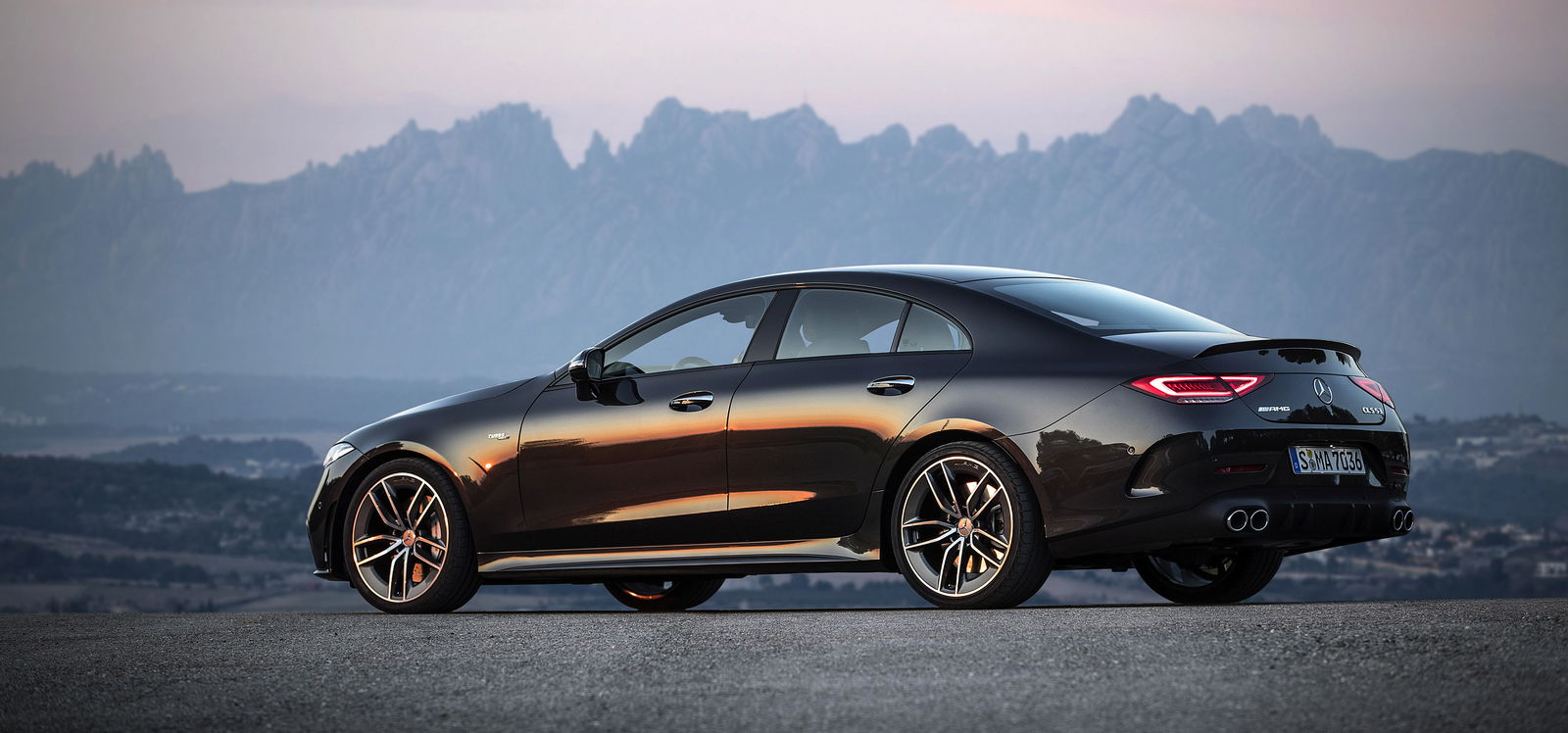



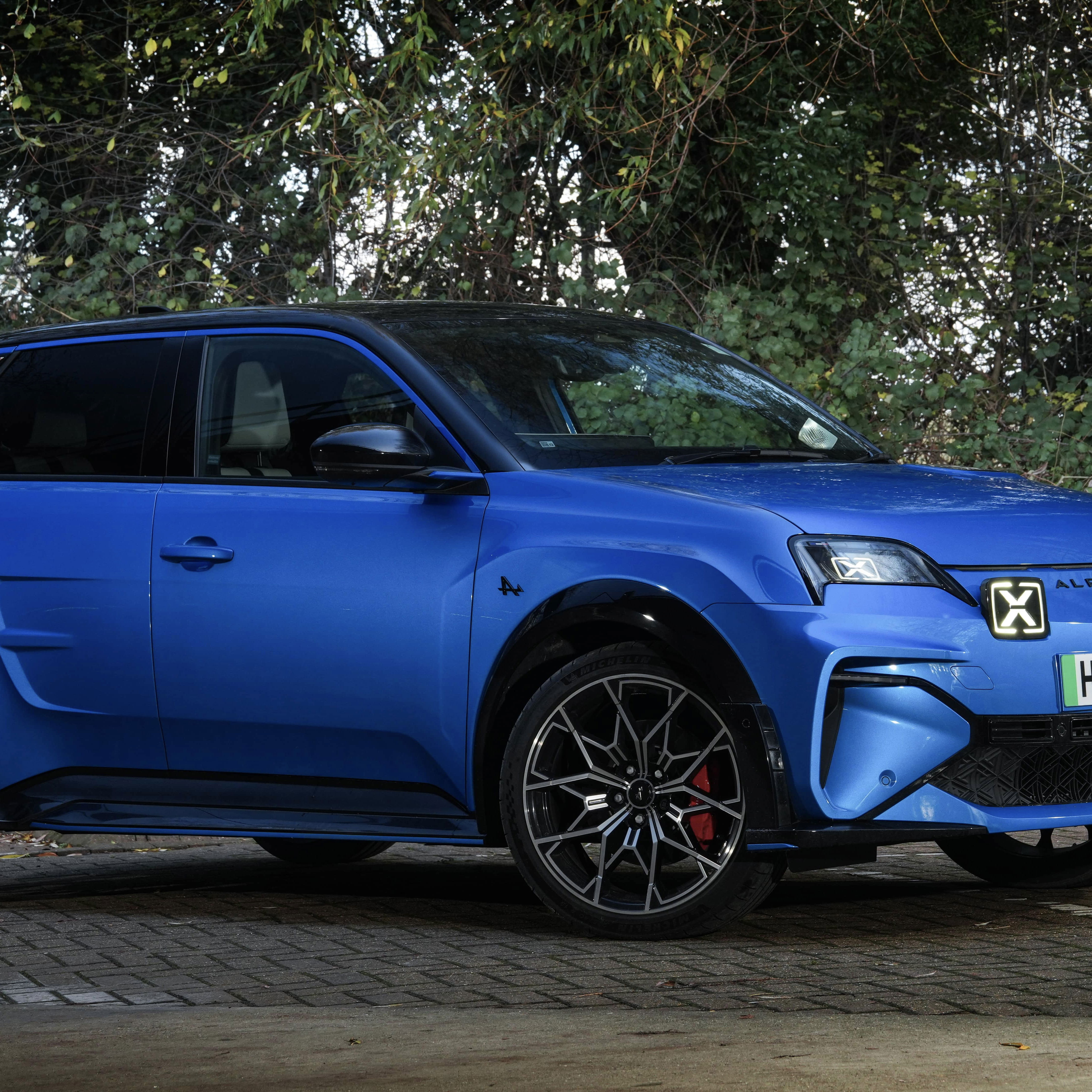







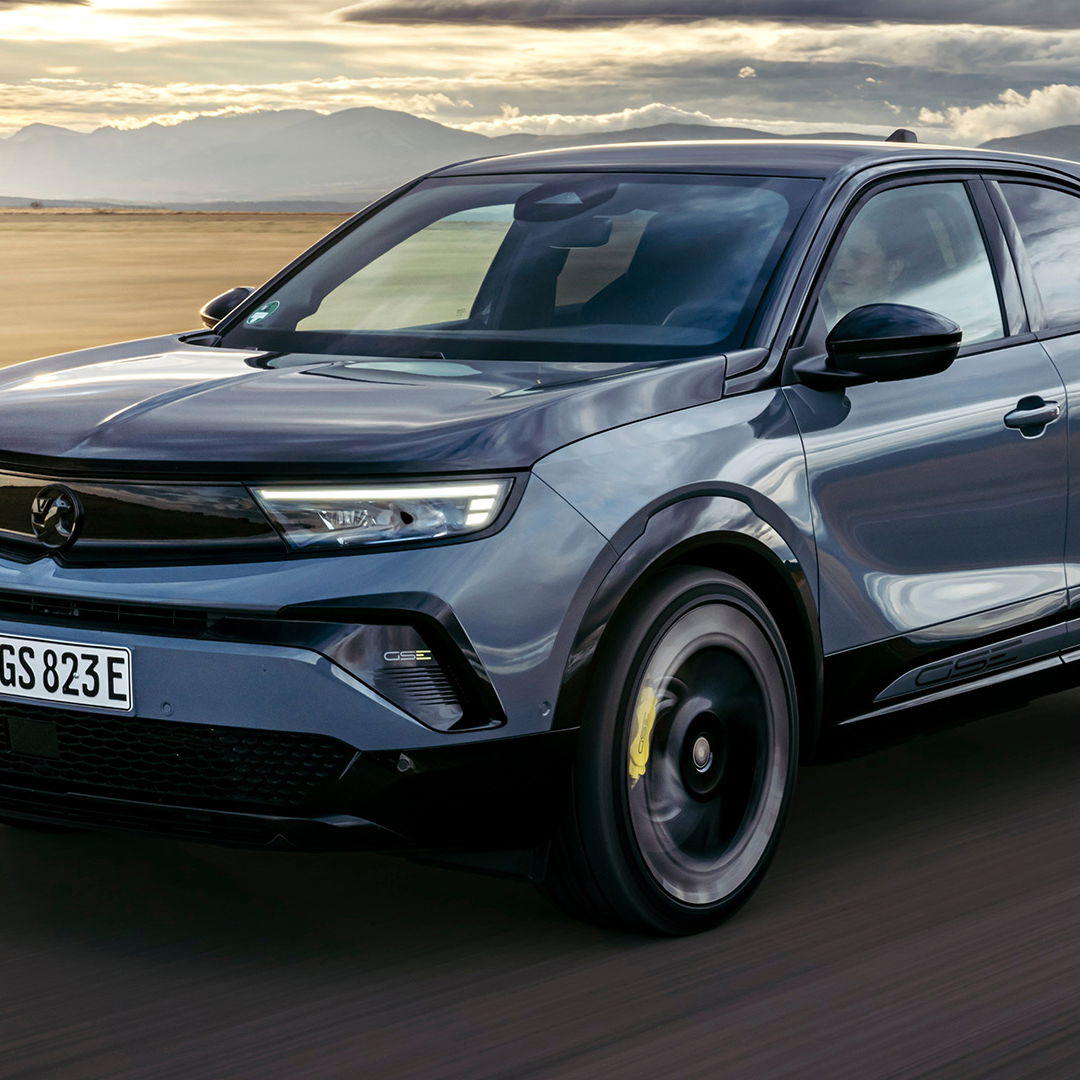

Comments
weight> did i missed that?
Funny how everyone at instagram seems to hate it and everyone at the ct app loves it :D
Now make a cupra e-cruiser with 450 horsepower and we’ve got something
It reminds me of that Golf racecar concept we’ve seen two or three years ago, but damn, it’s awesome
That thing is gonna be a beast
But there’s no Brap pap pap pap……
660 bhp VAG?
Seems like a W12 Golf projected in 2018
Pagination